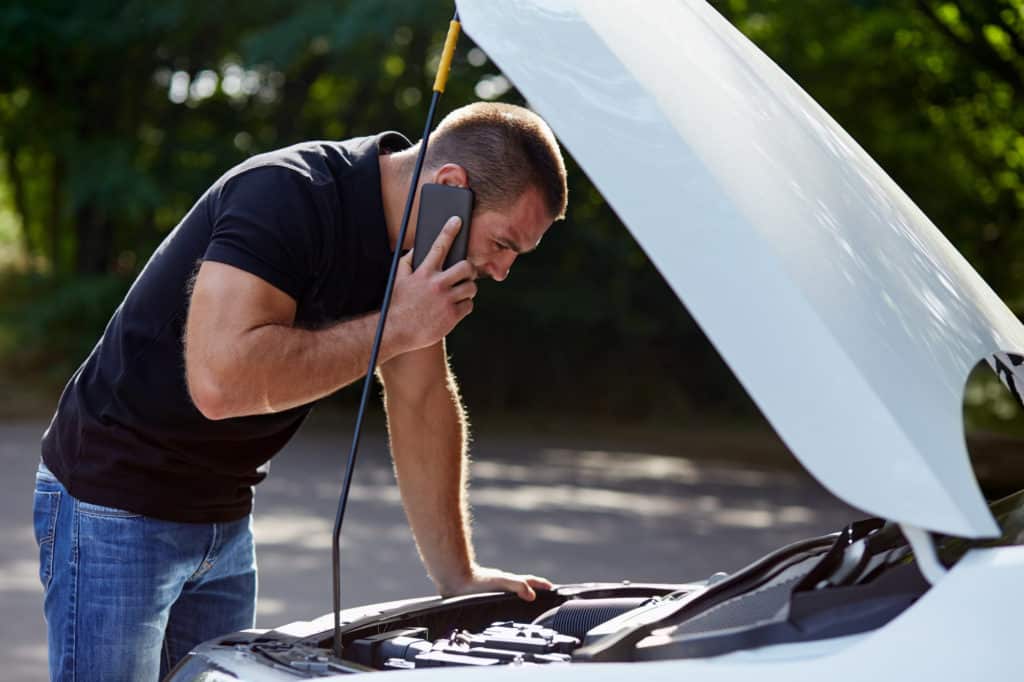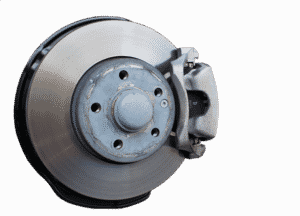
8 Reasons Your Car Could Be Shuddering While Accelerating
When you put the metal to the pedal, does your car start shaking? Do you have a terrible vibration when accelerating?
It might seem amusing, and even enjoyable – if you’re into that sort of thing. But if your car shudders when accelerating, you could be looking at some potentially serious issues.
So even if you’re loving the rocking, you’re going to be a lot better off if you take care of the problem.
And so will everyone who shares the road with you.
Why Your Car Shudders When Accelerating
It would be great if we had one simple clear-cut solution for you. But we don’t.
Instead, we’ll give you eight different possibilities that you can check out on your own:
1. The Tires
Poorly installed, unbalanced or misaligned tires are the most common cause of the shuddering car. I’ve seen cheap mud tires cause trouble as well.
So if you haven’t already, check to be sure all four of your tires are firmly attached to the wheels. Because if you have a loose tire, a shuddering car is the least of your worries. You could be looking at a serious accident.
If you’re lucky, the shuddering is merely a result of unbalanced or misaligned tires – a problem that’s easily remedied by getting them balanced again.
We all get a little shaky when we’re unbalanced. So why should your tires be any different?
Related: Low Tire Pressure Light But Tires Are Fine
2. Engine Problems
This sounds more ominous than it is.
When the engine doesn’t get the right amount of air, fuel or spark, it’ll let you know by shaking its proverbial fist at you.
It might just be spark plugs or spark plug wires. So replace those first. (We hope it goes without saying to be sure they’re connected in the right order.)
It’s possible a dirty air or fuel filter is gumming up the works. Especially if you haven’t replaced them in a while. So swap those out with some new ones too.
If you’ve got a flashing check engine light, buy yourself an Android OBD2 adapter or iOS OBD2 Scanner
Hopefully, you’ll be good to go.
3. Rear Driveshaft and U-Joints
Okay, so if your tires, spark plugs and filters are all good to go, then you’ve got something else going on.
It could be the rear driveshaft and/or the U-joints.
Since the driveshaft spins while transferring engine power to the rear axles and wheels in rear-wheel drive vehicles, it’s going to shake if it’s bent.
You’ll have to remove the driveshaft and manually feel the joint’s movement.
As far as diagnosing the U-joints, give them a visual once-over to be sure there isn’t any rust gathering around the grease seal and eating away at the grease.
If you want to avoid the shakes, keep those U-joints greasy.
4. Bad Motor Mounts
If you’re noticing the shaking more in your car’s front end, you could have a motor mounts issue.
Motor mounts are made of metal and rubber.
But when those mounts get worn, the metal stops providing a brace between the engine and the chassis. And the rubber is going to stop absorbing those vibrations.
If you have some automotive know-how (and we know you do) replacing the motor mounts isn’t that difficult and you can do it yourself.
5. Axle Issues
Remember last week when you were rounding that corner and you went over that small bump?
No?
Of course, you don’t. Because cars experience all sorts of bumps in the road. Literally. But even a small bump can be enough to twist your axle. And a twisted axle is going to make your car shudder.
If the axle is alright though, you could have some worn-out CV joints at the end of the axle.
First, check to be sure the boots are intact and not torn. (The boots are those rubber, accordion-like coverings around the ends of the drive axles. But you know that already.)
Then be sure the clamps are secure and there’s no lubricant seeping out. If all of that checks out, then the CV joints are not your issue. But if the boots are torn, then there’s dirt and other road filth damaging those joints.
And you don’t want that.
Learn more about the inner workings of the Constant Velocity joint.

6. Stuck Brake Caliper
This one doesn’t happen very often. But if nothing else has worked, this could be your problem.
If you’ve got a stuck caliper, your car is going to start shaking at around 40 to 50 mph. The shuddering gets worse the more you accelerate.
A tell-tale sign of a stuck brake caliper is the ever-so-unrefreshing burning odor that comes when the car stops.
So if your car’s shaking comes with a burning sensation, the prescription would be to check the brakes.
7. Damaged Wheels
If you’re getting a vibration when accelerating those small bumps we mentioned above are also the enemy to your wheels.
And bigger bumps, potholes and shoddy construction work are even more likely to throw your wheels out of balance and make your car shimmy.
Another thing you’ll want to check to see how much your wheel deviates from a perfectly circular rotation when it’s spun. This is called “runout.” Have a wheel technician determine if the runout on any one of your wheels exceeds half an inch.
If so, be prepared to shell out some clams for a new wheel. (It could be the perfect excuse to get those new rims you’ve been eyeing.)
8. Loose Steering Components
You know how sometimes you might hurt one body part, but then feel it in another? For instance, you have some wear in a hip joint that starts showing up as pain in your foot. And this can make it harder to walk.
It’s the same with your car. Especially when it comes to steering components.
There are a lot of little moving parts that physically connect your steering wheel to the four wheels. And like every other part in the world, they wear out over time.
Once they do, your wheels are no longer inclined to do exactly what you tell them to do. And while your car will still steer, there’ll be some excess play that can cause shimmying and vibrating.
If you’ve got this issue, we advise you to you stick with the professionals. As much as we want to encourage your pioneering DIY spirit, there’s just too much that can go wrong with this one.
Get back to a Smooth Ride
When your car shudders during acceleration, you could be dealing with an unsafe situation. So keep it smooth.
Hopefully these tips have helped you found out why you’re getting that vibration when accelerating in your car or truck!
And keep checking back with our Cool Car Stuff blog to get more tips and information on diagnosing and fixing your car yourself.